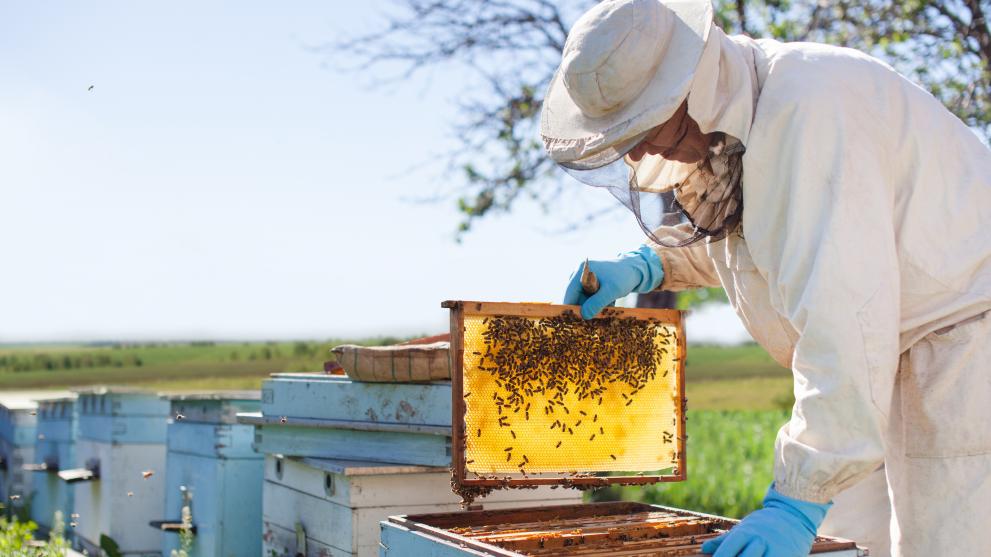EIT Awards €63 Million To Boost Innovation Capacity In Higher Education
As the EU steps up efforts to close the innovation and talent gap, the European Institute of Innovation and Technology (EIT) is investing €63 million to strengthen the role of higher education in building a more innovative, resilient, and skilled Europe. The funding, awarded under the EIT Higher Education Initiative’s Call for Proposals 2024, will … Leer más






